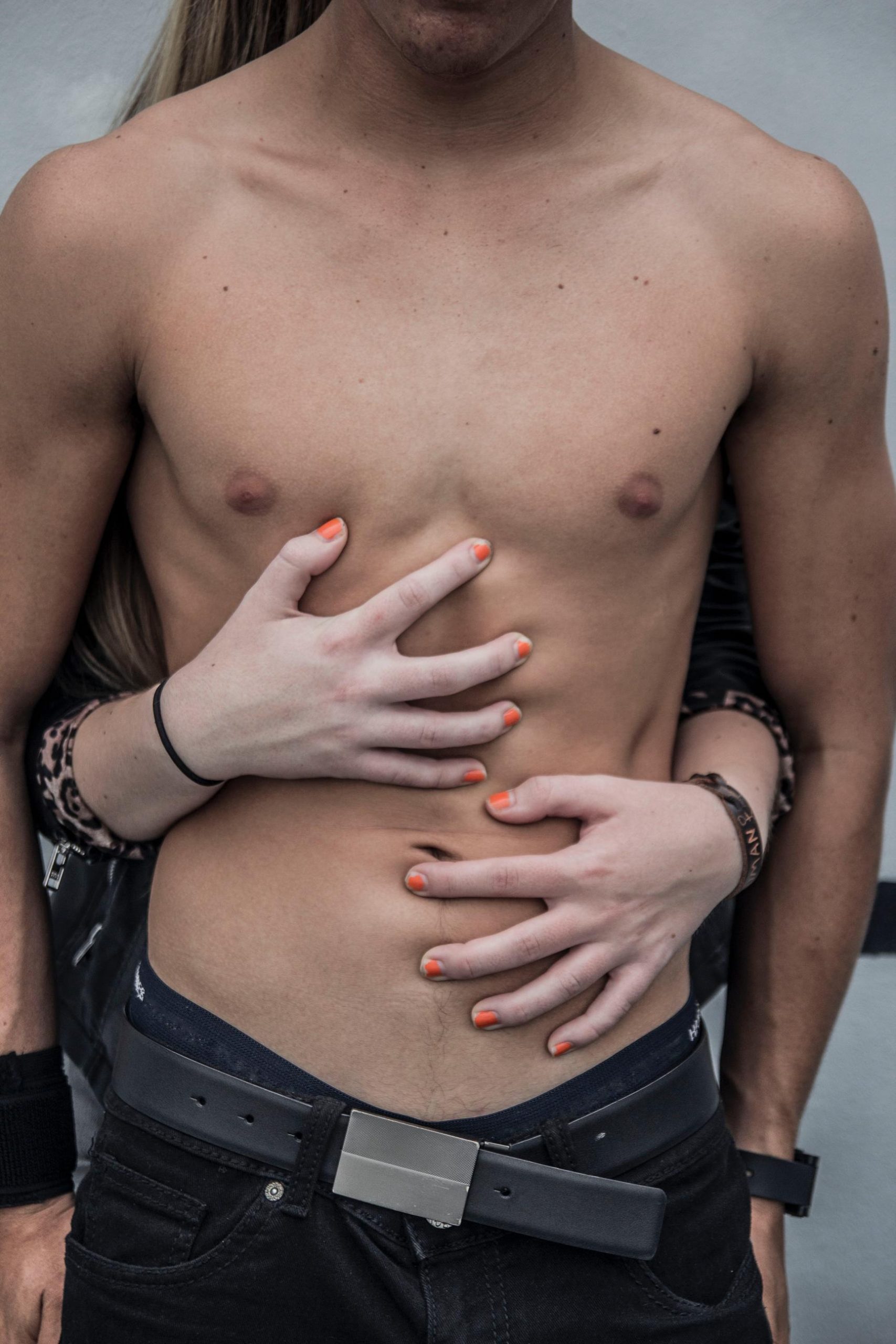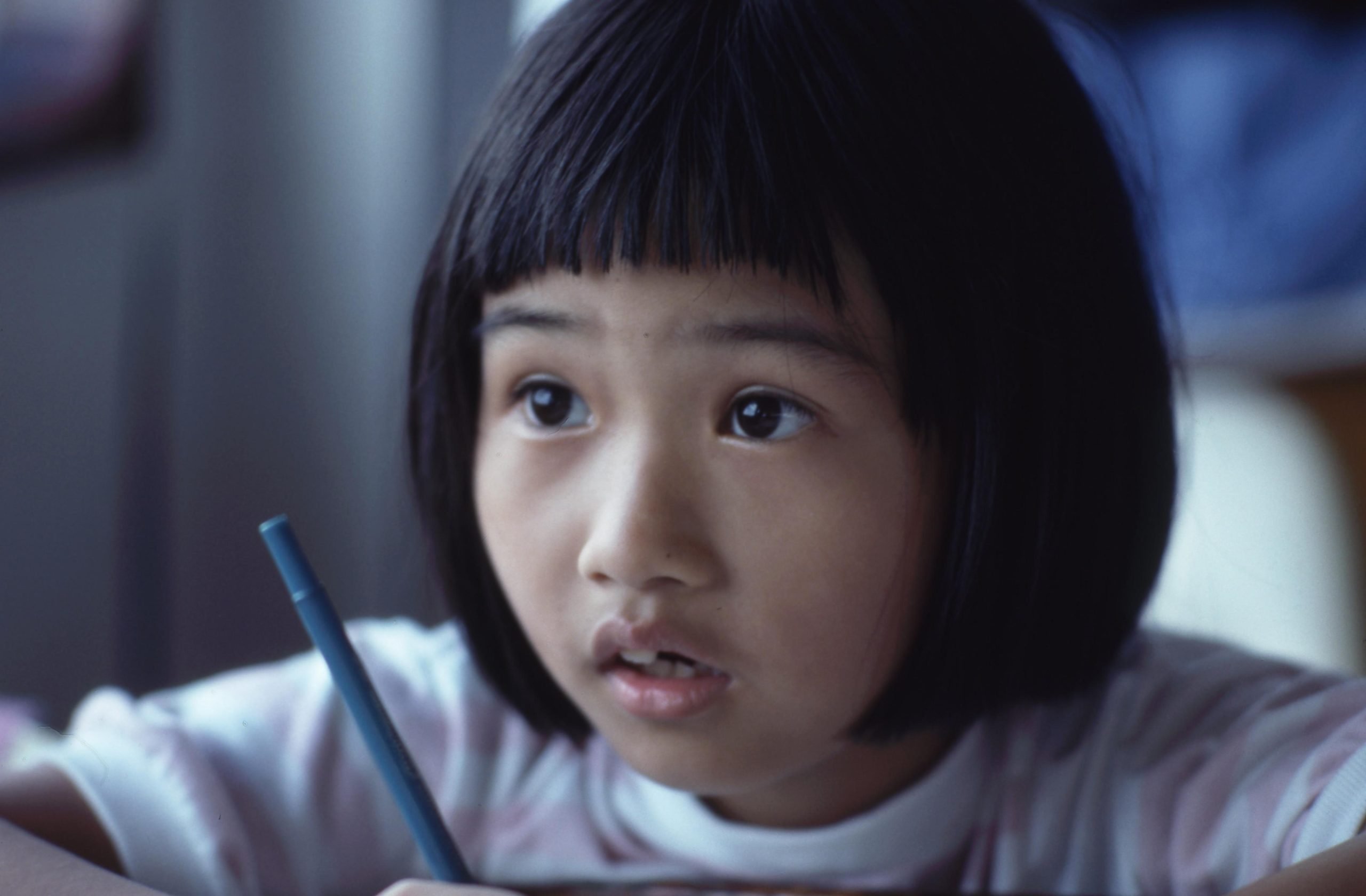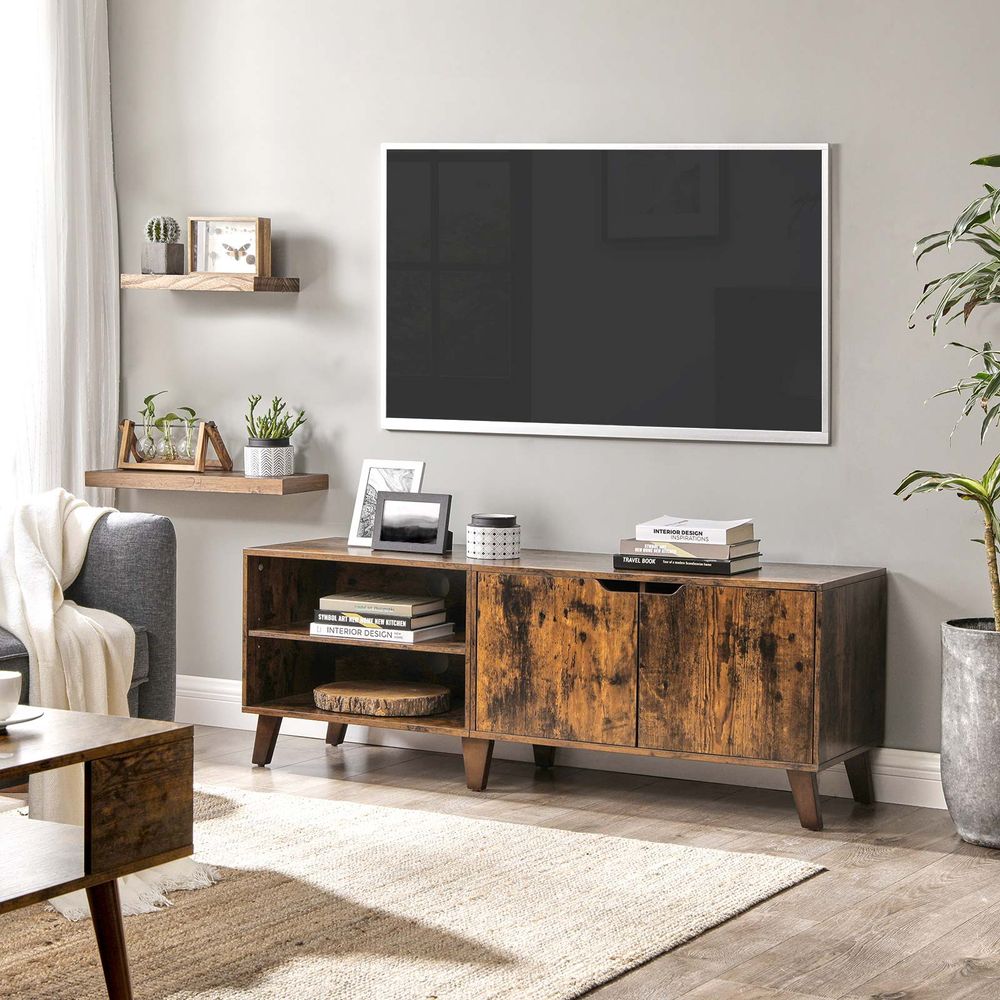Children’s fashion is not only about showcasing what’s in trend or keeping up with the latest designer labels, but also about expressing oneself. It is a platform for children to explore their individuality, creativity, and personality.
The clothes they wear can reflect their mood, interests, and even their values. From bold and bright prints to playful accessories, children’s fashion makes a statement and empowers them to express themselves freely. In this blog, we will explore the fascinating role of children’s fashion in self-expression and how it can shape a child’s identity.
Understanding Children’s Fashion
As children grow up, they begin to discover who they are and express themselves through various means. One way children express their individuality is through fashion. From a young age, children are drawn to certain colors, styles, and accessories.
Therefore, it is important to understand the role of children’s fashion in self-expression. Clothing can help children feel confident, unique, and showcase their personality.
As parents, we can encourage and support our children in their fashion choices, fostering their self-esteem and creativity.

Definition of children’s fashion
Children’s fashion refers to clothing, footwear, and accessories designed specifically for children aged zero to twelve years. It includes everything from baby onesies to school wear, party dresses, and casual attire. Children’s fashion is heavily influenced by adult fashion trends, but it is tailored to meet the unique needs and preferences of children.
It often reflects current cultural, social, and economic conditions and can vary depending on factors such as personal style, gender, age, and geographic location.
Historical background of children’s fashion
The evolution of children’s fashion can be traced back to the 18th century when children’s clothing started to resemble miniature versions of adult clothing. However, it was not until the mid-19th century that the concept of “childhood” emerged, and clothing for children became more practical and comfortable.
During the early 20th century, children’s fashion became increasingly diverse and reflected the changing social norms and cultural values of the time.
This culminated in the 1960s when children’s fashion became a symbol of social rebellion and self-expression.
In recent years, children’s fashion has evolved to become more inclusive, with gender-neutral clothing and ethnically diverse designs gaining popularity.
Importance of children’s fashion in today’s society
Children’s fashion plays a crucial role in today’s society as it allows children to express their individuality and creativity. Clothing has the power to convey a message, and through fashion, children can communicate their thoughts, feelings, and personality to the world.
Moreover, children’s fashion helps in building their confidence and self-esteem, allowing them to feel comfortable in their skin.
With the rise of social media, children’s fashion has become an important tool for parents to showcase their child’s unique sense of style. In this digital era, children’s fashion has become a form of art that can inspire and influence others.
Additionally, the fashion industry has recognized the importance of creating eco-friendly and sustainable clothing for children, shaping their mindset to be more conscious of their environmental impact.
SelfExpression in Children
Children have a natural desire to express themselves, and fashion serves as an outlet for their creativity. Clothes can reflect a child’s personality and mood, and they offer a nonverbal way of communicating with the world. By choosing their outfits, children can express their preferences, interests, and aspirations.
This self-expression helps children to develop their sense of identity and build important social skills. Encouraging children to express their individuality through fashion can also help them to embrace their uniqueness and foster their confidence.
Besides, it can also help them establish a positive self-image and make them feel empowered. Therefore, children’s fashion is not only about clothing but about empowering them to celebrate their individuality.

Definition of selfexpression
Self-expression is the expression of one’s thoughts, feelings, or ideas through various mediums, including art, music, writing, and fashion. It allows individuals to showcase their individuality and communicate with others without words.
Self-expression is a crucial component of personal growth and development, particularly for children, as it helps them to build their sense of self and navigate the world around them. Clothing is one of the most accessible and popular modes of self-expression for children, allowing them to explore their creativity, assert their individuality, and communicate their personality and mood.
The importance of selfexpression in children
Self-expression plays a crucial role in a child’s development, as it allows them to better understand and express their emotions, thoughts, and feelings. When children feel free to express themselves, they tend to be happier and more confident. Additionally, self-expression helps children to develop their own identity and sense of self, which is essential for building positive relationships with others and creating a fulfilling life.
Clothing is an excellent medium for self-expression, as it allows children to experiment with their style, mix and match colors and patterns, and express their individuality. It also provides an opportunity for children to explore their creativity and develop their personal fashion sense.
The impact of children’s fashion on self-expression
Children’s fashion is constantly evolving, with new trends and styles emerging every season. From bright colors and bold patterns to more subdued and classic looks, children’s fashion offers an array of options for self-expression.
Clothing allows children to communicate their personality and mood, whether they are feeling playful, confident, or adventurous.
It also allows them to express their interests and passions through the clothes they choose to wear. For example, a child who loves sports may prefer casual and comfortable clothing, while a child who enjoys creative pursuits may prefer more colorful and unconventional outfits.
Factors that affect selfexpression in children
While children’s fashion can have a significant impact on a child’s ability to express themselves, there are also many other factors that can affect their self-expression. One of the most important factors is the child’s environment. If a child grows up in an environment where self-expression is encouraged and celebrated, they are more likely to feel comfortable expressing themselves in all aspects of their life.
Parental influence can also play a significant role in a child’s self-expression. Parents who are supportive and open-minded can help their child develop a strong sense of self and encourage them to explore different forms of self-expression.
Finally, cultural and societal norms can also have an impact on a child’s ability to express themselves. Children may feel pressured to conform to certain expectations, such as gender norms or dress codes, which can limit their ability to experiment with different styles and express their true selves.
The Intersection of Children’s Fashion and SelfExpression
While there are a variety of factors that influence a child’s ability to express themselves, fashion plays a significant role in this process. Clothing can be a form of self-expression, allowing children to experiment with styles and express their individuality.
Children’s fashion has become increasingly diverse, offering a wide range of styles and options for kids to choose from. This diversity has created more opportunities for children to find clothing that aligns with their personal style and helps them feel confident in their self-expression. Additionally, fashion can also facilitate positive social interactions and help children feel connected to their peers who share similar fashion interests.
Overall, children’s fashion has the potential to empower children and serve as an important tool for self-expression.

How children’s fashion can help children express themselves
One way children’s fashion can aid self-expression is by allowing children to showcase their individuality. By choosing clothing that reflects their personal interests or style preferences, children can communicate their unique identity to others.
They can also experiment with different patterns, colors, and textures, which can enhance their creativity and sense of self. In addition, children’s fashion can also serve as a means of connecting with others. Similar clothing choices can create a sense of belonging among peers, which can boost children’s social confidence and foster positive relationships.
Fashion can also be a tool for children to express their emotions and moods, such as wearing bright colors to convey happiness or darker hues to express sadness. Overall, the role of children’s fashion in self-expression is significant, offering kids the chance to explore their identity, creativity, and social connections.
By embracing fashion as a form of self-expression, children can build their confidence, assert their autonomy, and feel empowered to express themselves in many different ways.
Examples of children’s fashion that promote selfexpression
Many brands and designers have recognized the importance of self-expression in children’s fashion and have offered unique and innovative designs to support it. For instance, clothing with positive affirmations, quotes, and slogans that represent children’s interests and values can help them communicate their beliefs and perspectives.
Another example is gender-neutral clothing that allows children to express themselves beyond traditional gender norms. Also, clothing that incorporates eco-friendly and sustainable materials, such as recycled fabrics or organically grown cotton, can reflect children’s values towards the environment and social responsibility.
Ultimately, the possibilities for self-expression in children’s fashion are endless, and it’s crucial to support and celebrate their choices and preferences.
Challenges in using children’s fashion as a tool for selfexpression
Although self-expression through fashion is essential for children’s development, there are also some challenges that need to be considered. One of the main challenges is the pressure to conform to societal expectations, stereotypes, and trends that may limit children’s freedom to express themselves.
Moreover, the affordability and accessibility of unique and diverse children’s fashion options can also be an obstacle for some families, especially those with lower income or limited resources. Additionally, children may face criticism and bullying for expressing themselves differently through their fashion choices, which can impact their self-esteem and confidence.
Therefore, it’s essential to create a supportive and inclusive environment that recognizes and celebrates children’s unique identities and provides them with safe spaces to express themselves freely.
The Impact of Children’s Fashion on SelfEsteem
Children’s fashion plays a significant role in shaping their self-esteem and confidence levels. When children are allowed to express themselves through fashion, they feel more empowered and confident in their identity. On the other hand, limiting children’s clothing choices can lead to feelings of insecurity and confusion about their identity.
Moreover, wearing clothes that align with their personality and style can positively impact children’s mental health and overall well-being. It allows them to develop a sense of autonomy, creativity, and self-worth.
Therefore, parents, caregivers, and educators should encourage and support children’s fashion choices as part of their self-discovery journey. However, it’s important to note that self-expression through fashion is just one aspect of a child’s identity. It’s crucial to cultivate a holistic approach to supporting children’s self-esteem that goes beyond their appearance and fashion choices.

How children’s fashion can affect a child’s selfesteem
The clothes a child wears can have a profound impact on their self-esteem. When children feel good about the way they look, they are more likely to feel confident and self-assured.
Conversely, if a child is uncomfortable or unhappy with their clothing, it can lead to feelings of embarrassment and self-doubt. Additionally, peer pressure and societal expectations around fashion can also influence a child’s self-esteem. Children who don’t fit in with what’s considered “cool” or trendy may feel ostracized or left out.
It’s essential for parents and caregivers to be aware of these factors and empower children to make fashion choices that resonate with their individual identity. By doing so, children can develop a positive sense of self and support their overall well-being.
The role of parents in promoting positive selfesteem through children’s fashion
Parents play a critical role in supporting their child’s self-esteem through fashion choices. By allowing children to express themselves through their clothing, parents can foster their child’s sense of identity and individuality.
Parents can involve their children in the shopping process, encouraging them to select items that reflect their personality and style. Parents can also model positive attitudes towards fashion by wearing clothing that makes them feel confident and comfortable. By providing a safe space for children to experiment with their fashion choices, parents can help them develop a positive relationship with their appearance.
Ultimately, by prioritizing their child’s self-esteem over societal expectations, parents can help their children feel happy and confident in their own skin.
The impact of peer pressure on children’s fashion choices and selfesteem
Peer pressure can have a significant impact on children’s fashion choices and self-esteem. The desire to fit in with their peers can lead children to choose clothing items that conform to societal norms rather than reflecting their true selves.
This can lead to a negative impact on their self-esteem as they feel compelled to fit in rather than express their individuality.
Parents can help combat this by discussing the importance of individuality and encouraging their children to be true to themselves, even if it means standing out from their peers.
Additionally, parents can help their children develop confidence in their appearance by focusing on the positives and providing positive reinforcement.
By helping their children build a strong sense of self, parents can help them navigate the pressures of peer influence and make fashion choices that align with their true selves.
This article explores the important role of children’s fashion in self-expression. By giving children the freedom to choose their own outfits and express their individuality through clothing choices, parents can help foster their self-confidence and creativity.
Children’s fashion also plays a significant role in shaping popular culture and societal norms.










